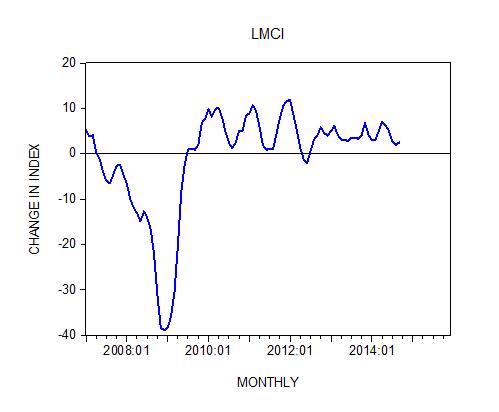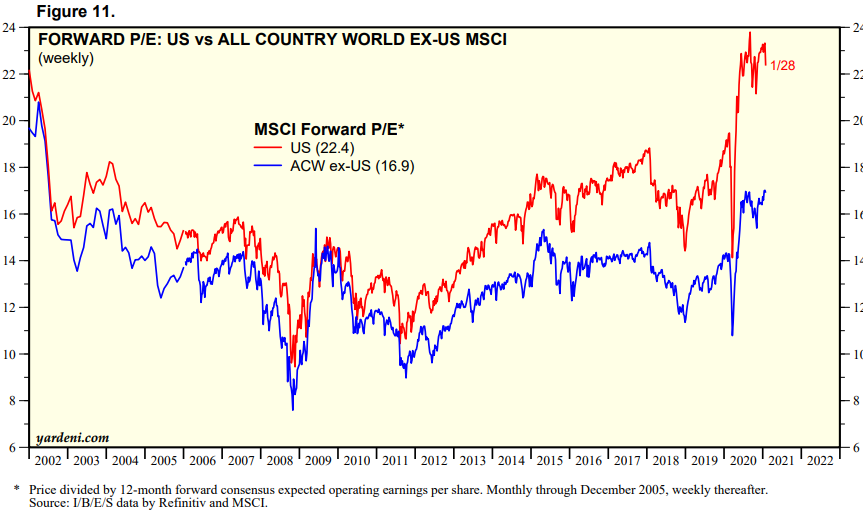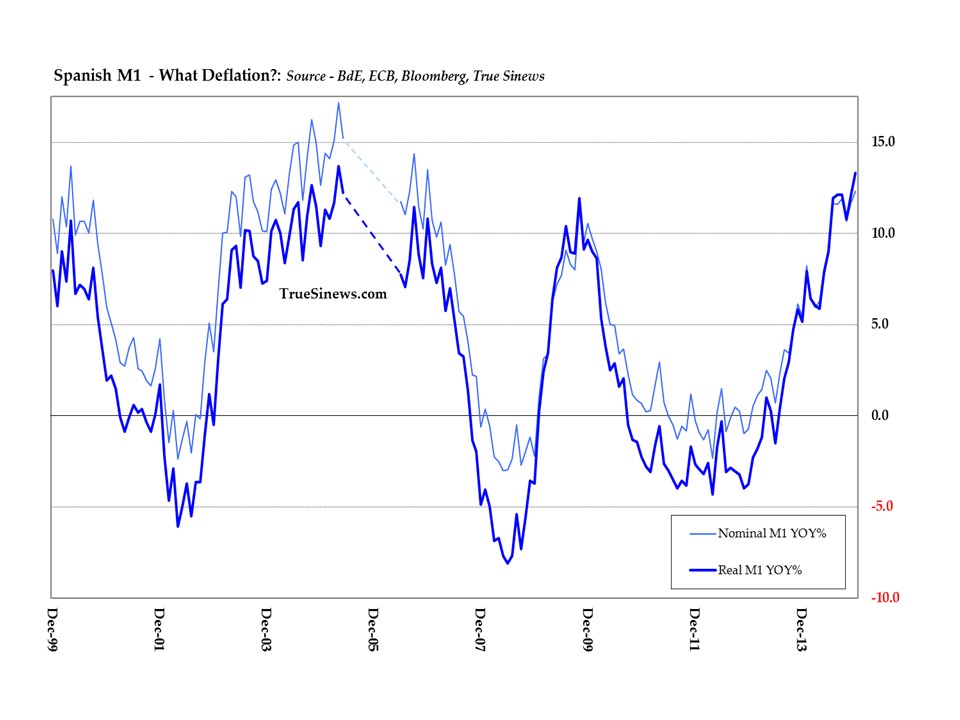A boom of credit expansion employed to increase output only further hinders the economy’s ability to recover. Cheap credit is not a tool to be used poorly.Nathan Cuthbertson
The business cycle of an economy – the process of booms and busts in economic output – is a contentious issue. The causes and how they are best mitigated make up much of the justification for and attempts at managing the economy. Various schools of economic thought have numerous explanations, both for the causes and the remedies of the cycle. Keynesian thought behind the business cycle is that the depression is to be feared. Equilibrium output is a product of employment goes the argument. Consequentially the rate of employment is a product of the marginal efficiency of capital, interest rates, and consumption. John Maynard Keynes argued that as the marginal efficiency of capital fell, employment fell and so did output. Furthermore, mainstream economics has similarly explained booms and busts as a product of random events causing shocks to an economy. Thus, modern economic policy is based on smoothing this business cycle so that depressions are reduced in length of time and severity, and the booms are lessened to provide the optimal rate of employment. However, this theory has many flaws. Keynes and his modern contemporaries overlook the importance that interest rates play in the role of investment which is where the Austrian school of economics produces a superior theory of the causes and the nature of business cycles.
The Austrians propose that the cause of the business cycle is a relative abundance of cheap credit, causing an expansion of risky investments, described as “malinvestment” by Friedrich Hayek. One prominent criticism of the Austrian theory of the business cycle is that it requires investors to behave irrationally in that they invest in unprofitable and risky investments. As criticized by none other than Gordon Tullock, Austrians employ a “belief that businesspeople never learn. One would think that business people might be misled in the first couple of runs … and not anticipate that the low-interest rate will later be raised. That they would continue unable to figure this out, however, seems unlikely. Normally… Austrians argue that entrepreneurs are well informed and make correct judgments. At the very least, one would assume that a well-informed businessperson interested in important matters concerned with the business would read … and, hence, anticipate the government’s action.” This, however, from an empirical perspective is notably false. Fundamentally individuals from a praxeological perspective, do not necessarily act perfectly rationally (from an external perspective), but rather act in a purposeful manner responding to incentives and information. The expansion of cheap credit in the form of low-interest rates issued by central banks has consistently led to the reckless investment. Through distorting information, investors can act against their own self-interest and fall for malinvestment.
The panic of 1825 is a perfect example of an economic crash, spurred by reckless fiscal expansionary policy and notably low-interest rates. One of the most egregious examples of malinvestment was perpetuated by Gregor MacGregor who managed to fool hundreds of investors that he had been made the leader of a country called ‘Poyais’ and sought investment in the form of bonds, land titles, and grants. At the time, the interest rate on government bonds was 3%. Investors looking for higher returns took on riskier foreign bonds, especially from Central and South America which offered higher interest rates. When ships leaving to settle the land found no such settlement, investors were left with worthless pieces of paper, causing an economic crash. Investors were not satisfied with the lower interest the government bonds offered and instead would invest in foreign debt as it offered a noticeably higher rate of return. The low-interest rates, which are after all a price, created a dangerous situation where malinvestment was incentivized, resulting in an economic crash.
A more modern example of malinvestment is the infamous case of Theranos, the failed tech start-up where the promise of a fast, accurate blood testing machine lured in big-name investors such as Rupert Murdoch who invested as much as $125 million in the company; Its CEO and founder Elizabeth Holmes was listed in Time Magazine’s 100 most influential people of 2015. When The Wall Street Journal revealed that Theranos was allegedly defrauding investors and that the blood testing machine was fake, the state of the company was thrown into shambles. In light of this, it is rumored that Murdoch sold his stake back to the company for a single dollar. Theranos at its height was valued at nine billion dollars. Today its founder is under investigation by the Securities Exchange Commission.
If successful business moguls like Rupert Murdoch can fall for the fraud of Theranos, then Tullock’s questioning of the entrepreneur’s judgment is in doubt. The Austrians fundamentally consider that rather than perfectly rational judgment, incentives in markets drive decisions. Incentives are information, and when information is distorted, bad decisions occur. Not every investment will be a success, even with the correct amount of credit in the economy. However, the abundance of cheap credit in an economy due to artificially low-interest rates creates a misinformed signal to investors, which leads to overinvestment in bad investments. This boom of credit expansion employed by governments desperate to increase output only further hinders the economy’s ability to recover. In their attempts to keep employment and GDP stable, high malinvestment runs rampant only further worsening the incoming economic crash. Cheap credit is not a tool to be used poorly as when it is, disaster strikes.
Author
- Nathan CuthbertsonNathan Cuthbertson is the John Hyde award-winning Mannkal Scholar based in Perth, Western Australia. He is studying for a Bachelor of Commerce at The University of Western Australia majoring in Economics and Business Law.VIEW ALL POSTS
Source: https://www.austriancenter.com/lessons-from-history-the-business-cycle/



